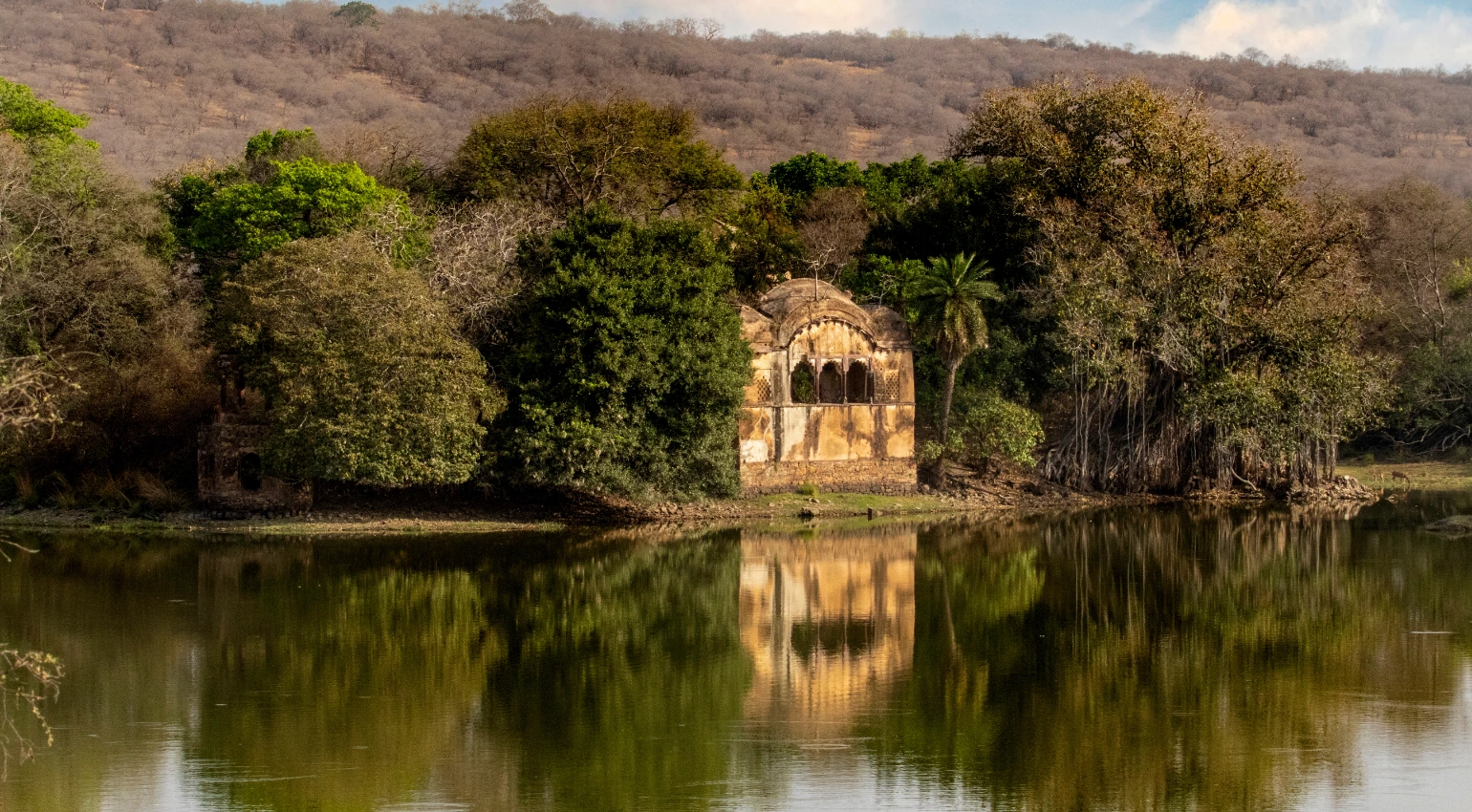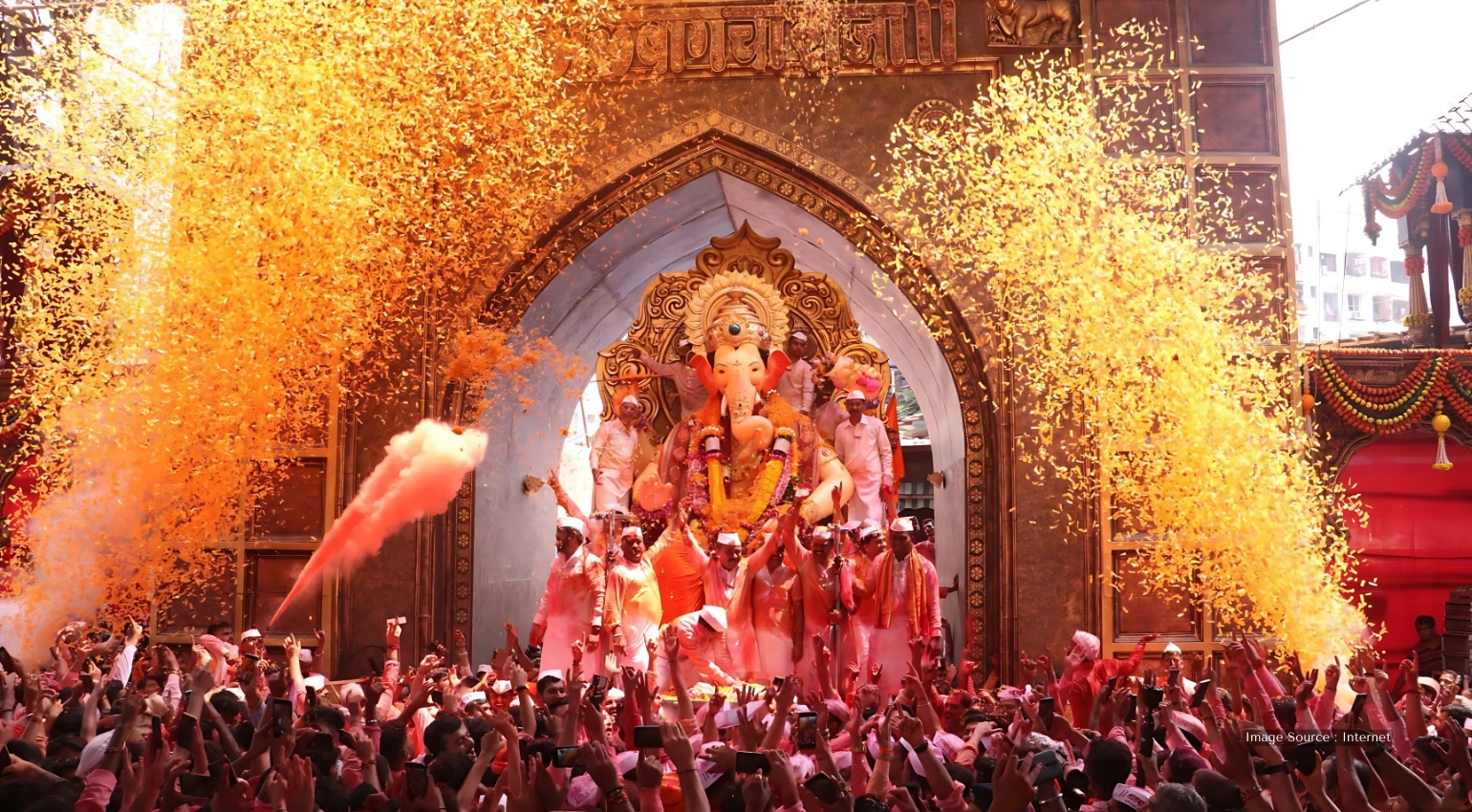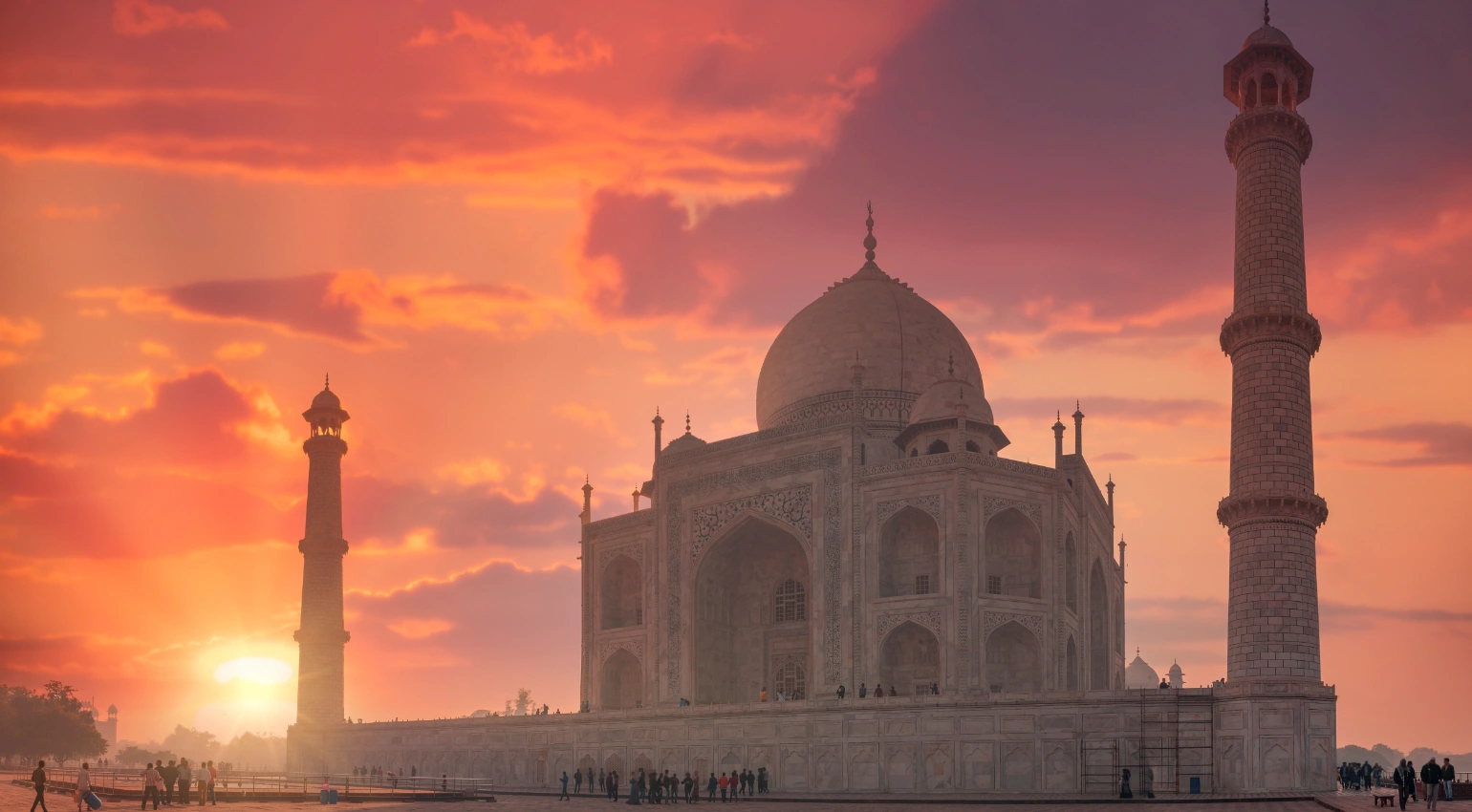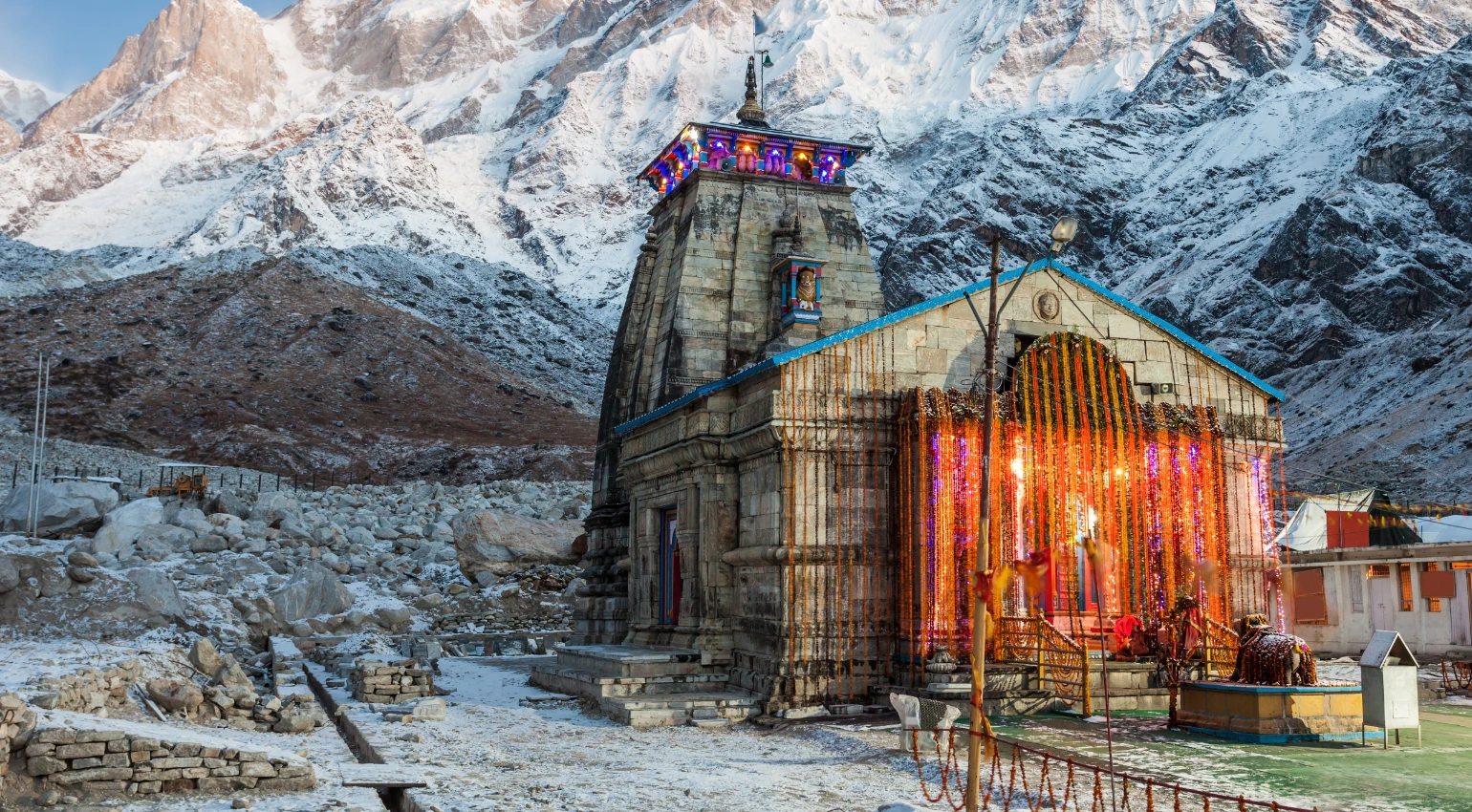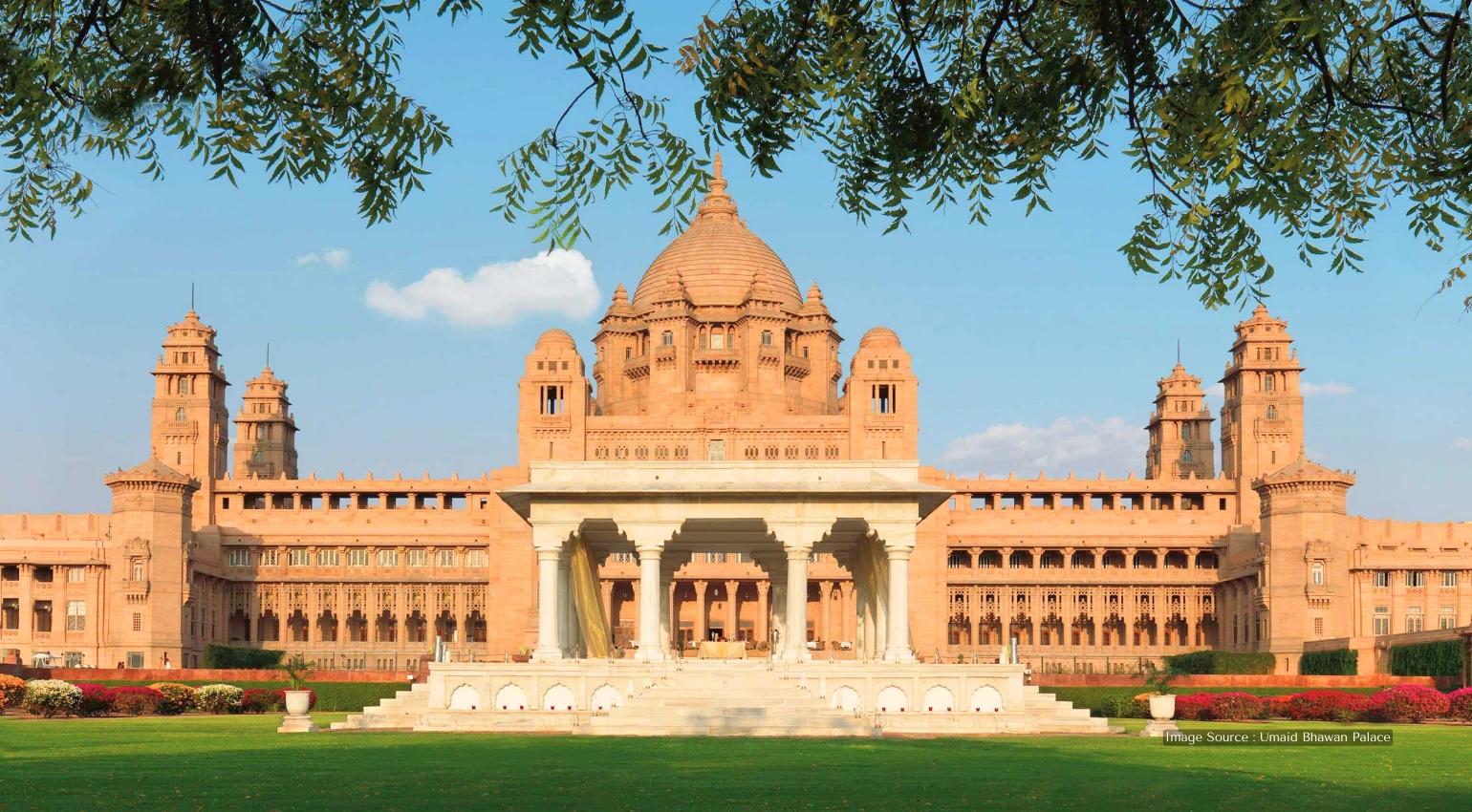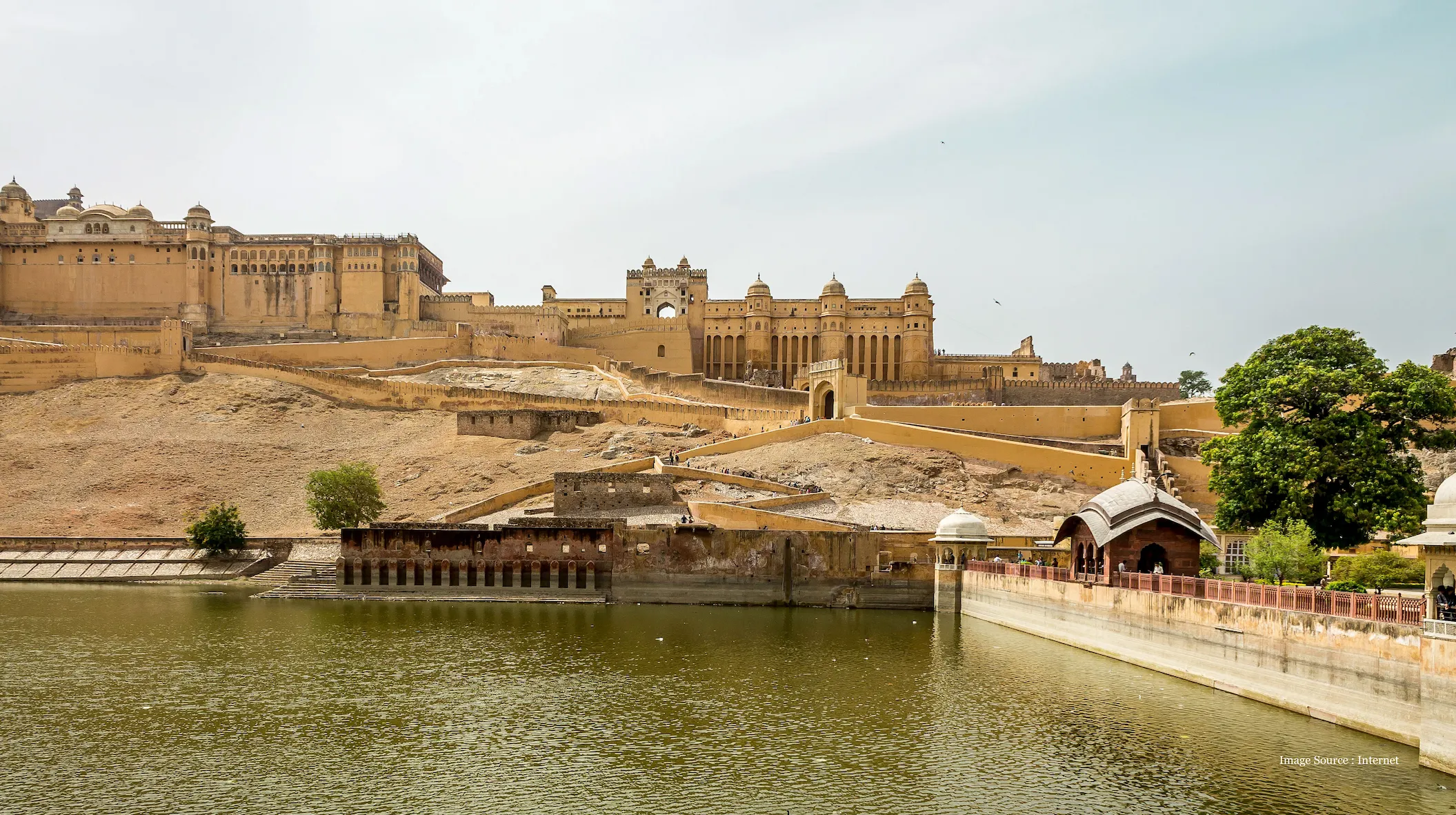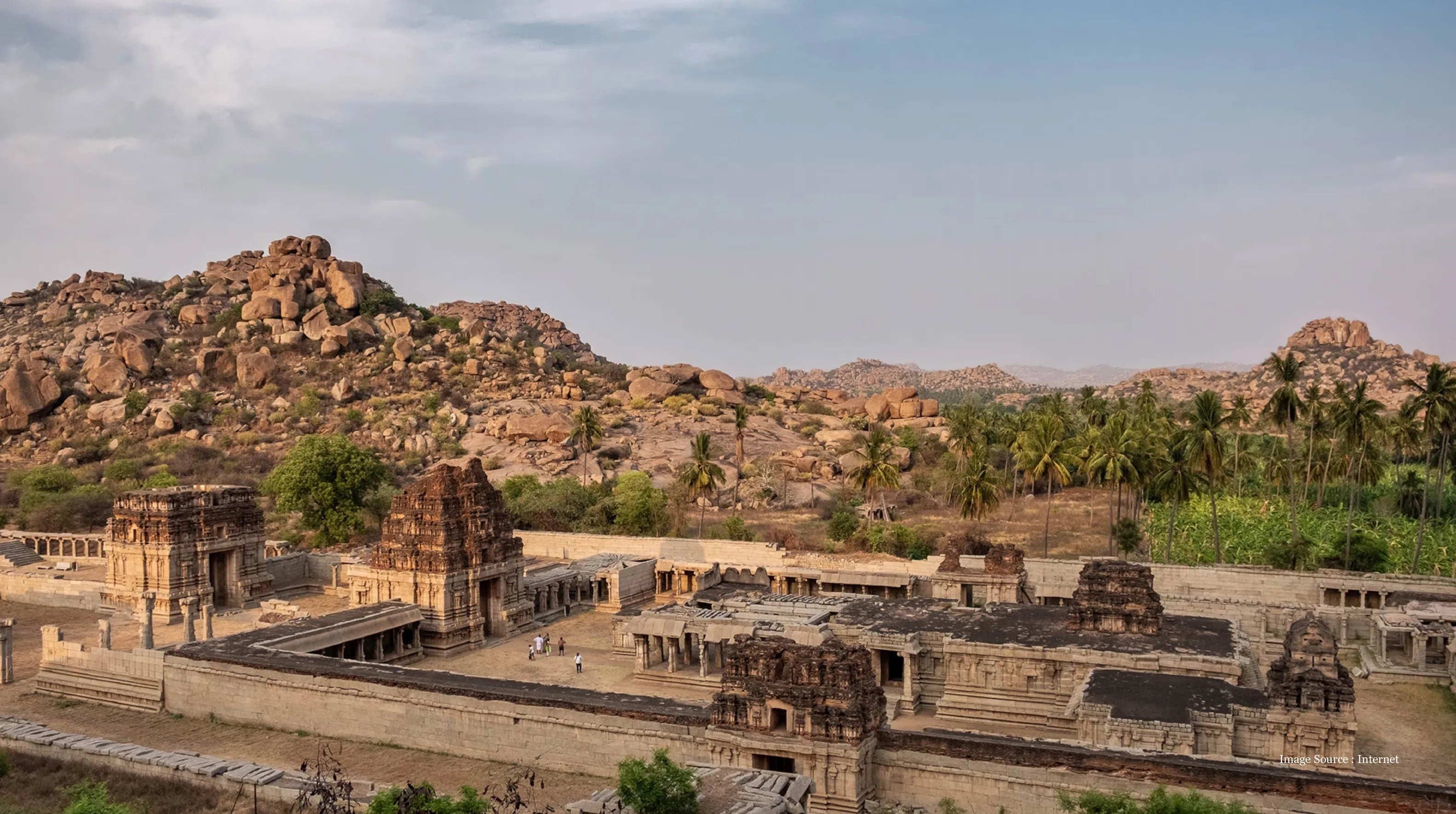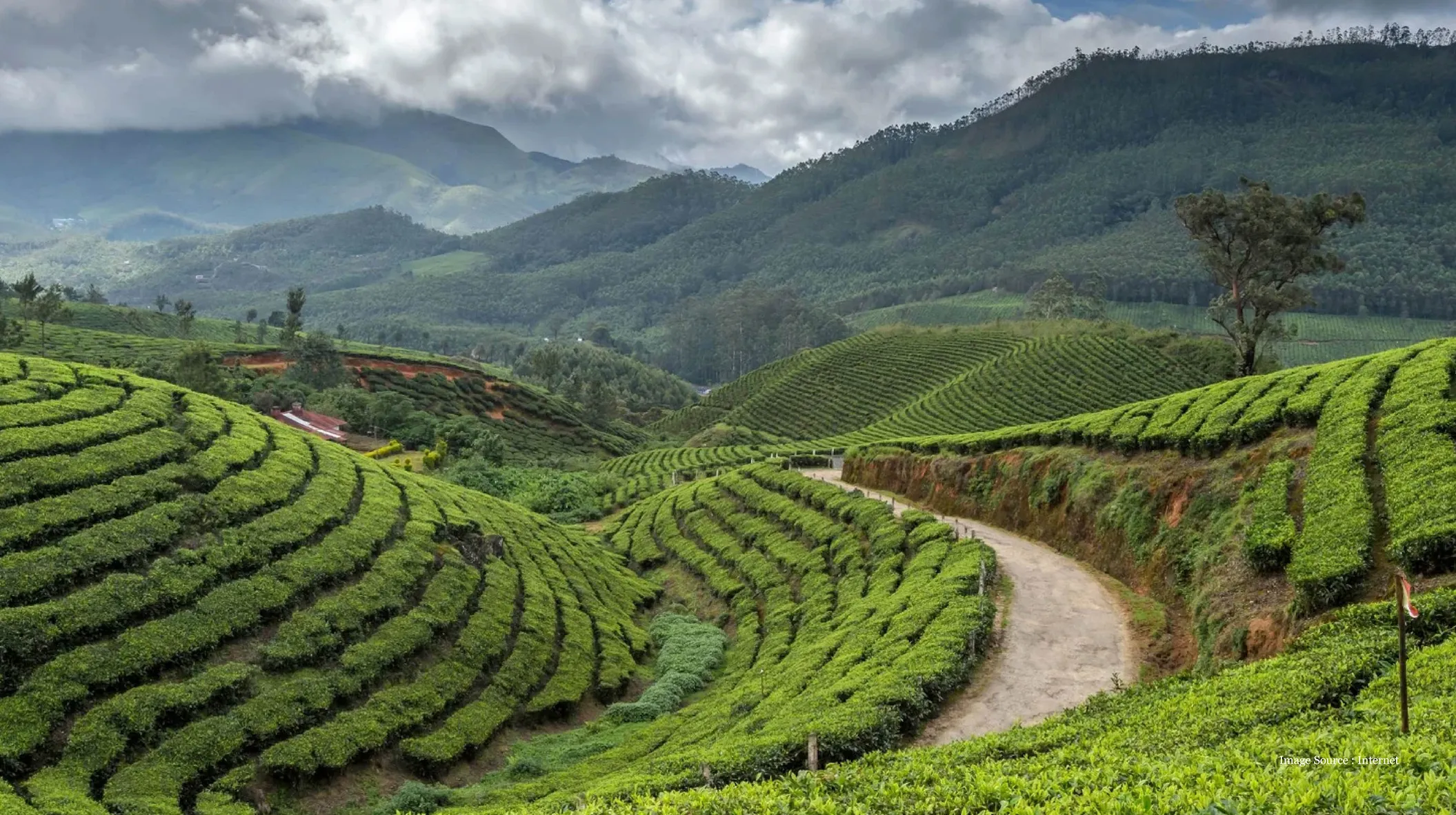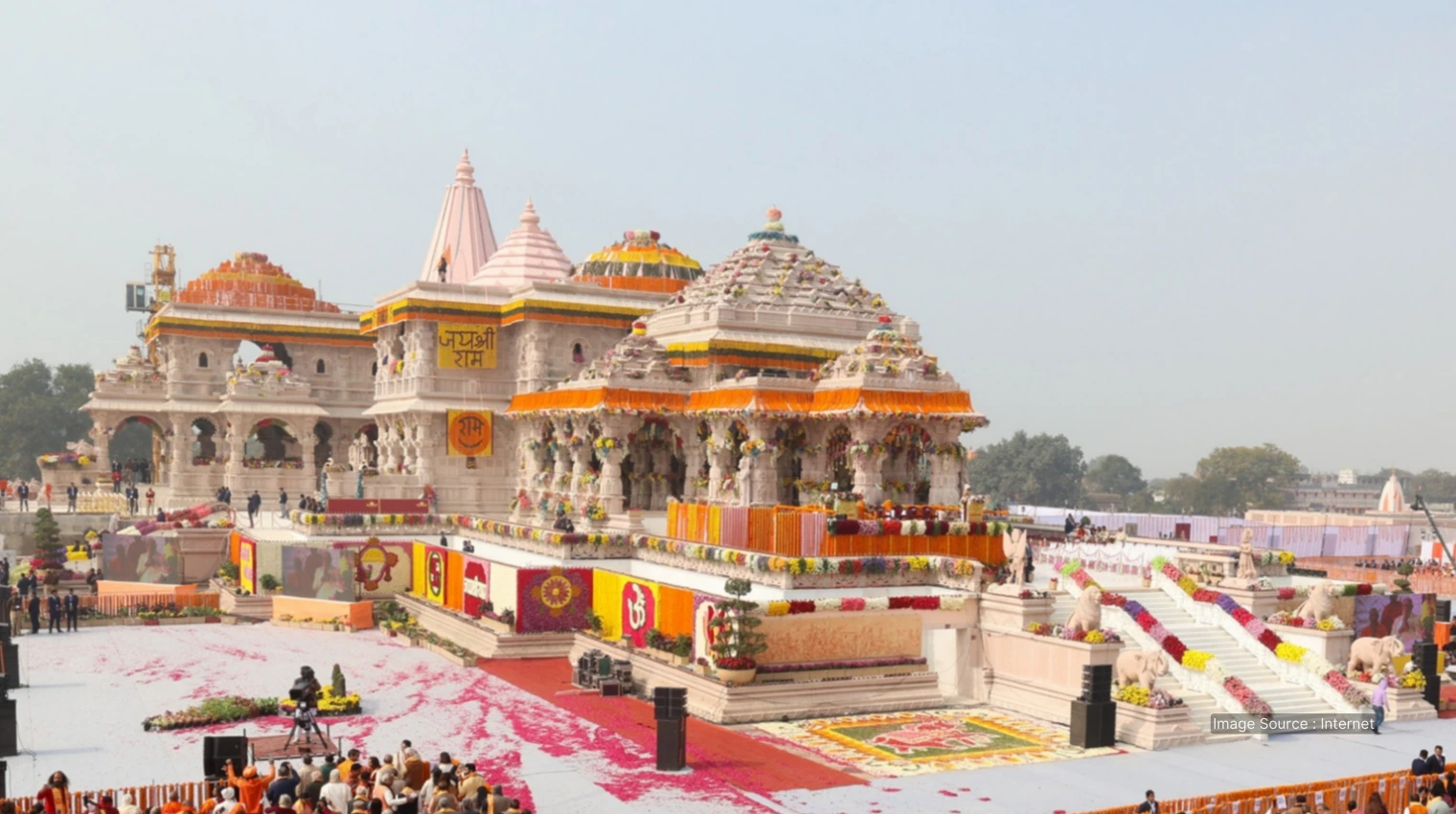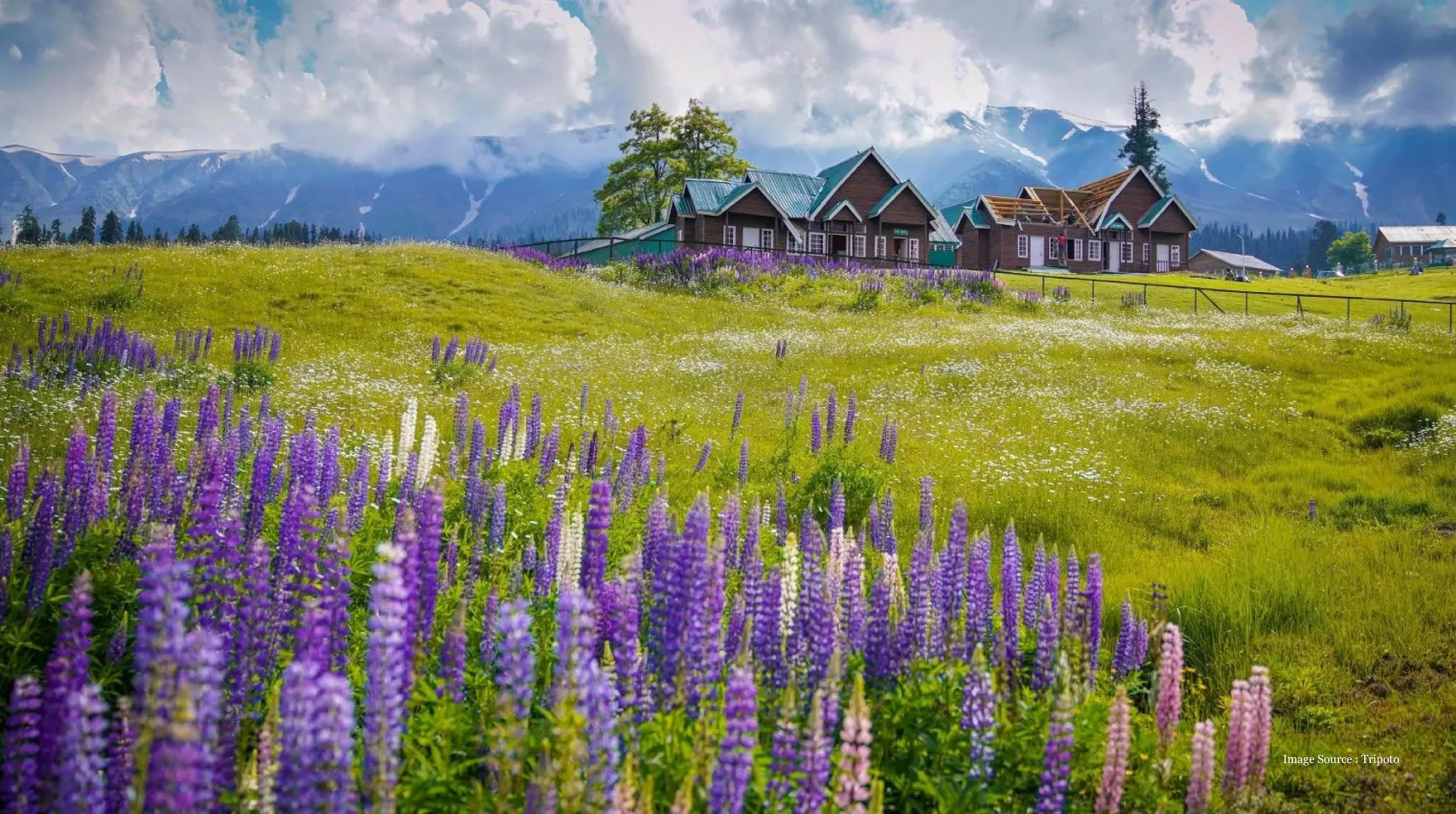- Forts and Palaces of North India vs Tranquil Backwaters of South India
- How Does a Rajasthani Palace Hotel Differ from a Kerala Houseboat Experience?
- How Do the Flavors of North and South India Compare?
- Ancient Temples of North India vs Historical Architecture of Southern Temples
- What Does Wellness Look Like in North India vs South India?
- Exciting Wildlife Safaris of North India vs South India
- How to Choose between North India vs South India?
- FAQs
Last Updated : Nov 12, 2025 | View Count : 1311 | Read Time : 9 min
North India vs South India: Which Region Should You Choose for Your Indian Adventure?
I've spent a lot of time in both North and South India, and the question I hear most is: which one should I visit? The honest answer is they're both incredible, but they offer completely different experiences. It's not really about which is better. It's about figuring out which matches what you're actually looking for.
North India gives you those iconic images most people associate with India. The Taj Mahal, Rajasthan's forts and palaces, the Himalayas, tigers in national parks, the chaos of Delhi. It's what you see in movies. South India offers something quieter. The tropical backwaters of Kerala, ancient temples with towering gopurams, beaches along the coast, Ayurvedic wellness traditions, coconut-based cuisine. The pace is slower, the culture feels older in some ways.
Let me walk you through the key differences in North India vs South India so you can figure out which region actually suits your travel style.
Should I visit North India vs South India for my first trip?
It depends on what experience you're seeking. North India delivers iconic sights like the Taj Mahal, Rajasthan's forts, tiger safaris, and rich Mughal history, the vibrant India most people imagine. South India offers something quieter: tranquil backwaters, ancient temple traditions, authentic Ayurveda, coconut-based cuisine, and tropical landscapes at a slower pace. For the most complete experience, consider explore both regions—10-12 days in North India's Golden Triangle and wildlife, then a week in South India for backwaters and wellness
Table of content
- Forts and Palaces of North India vs Tranquil Backwaters of South India
- How Does a Rajasthani Palace Hotel Differ from a Kerala Houseboat Experience?
- How Do the Flavors of North and South India Compare?
- Ancient Temples of North India vs Historical Architecture of Southern Temples
- Exciting Wildlife Safaris of North India vs South India
- How to Choose between North India vs South India?
- FAQ
Forts and Palaces of North India vs Tranquil Backwaters of South India
North India's forts and palaces are what most travelers picture when they think of royal India. Rajasthan alone has dozens of massive fortresses and ornate palaces. Mehrangarh Fort in Jodhpur towers 400 feet above the city. Amber Fort near Jaipur sprawls across a hilltop with courtyards and mirror-covered rooms. These aren't subtle. They're dramatic statements of power built to impress and intimidate.
The scale gets you every time. Walking through these places makes you feel the weight of history. You can actually stay in many of them now that they've been converted to luxury hotels, which adds a whole other dimension. What makes North India's royal architecture special is the variety. Mughal monuments use white marble and red sandstone with Persian influences. Rajput forts blend military design with decorative elements. Each ruling family had their own style.
South India's backwaters are the complete opposite. The Kerala backwaters are networks of lagoons, lakes, and canals lined with palm trees where village life unfolds at a pace that seems from another century. You experience them by staying on houseboats, traditional rice barges converted into floating hotels.
The beauty here is tranquil and natural rather than architectural and imposing. You're gliding through narrow waterways watching fishermen cast nets, women washing clothes on the banks, kids waving. The stillness and constant presence of water create this meditative quality. You're not seeing monuments. You're experiencing a landscape and way of life that hasn't changed much in generations.
Here's what they don't tell you about the backwaters. The magic happens early morning and late evening when the light is soft and most tourists haven't emerged yet. Those are the moments when it feels genuinely timeless.
How Does a Rajasthani Palace Hotel Differ from a Kerala Houseboat Experience?
Accommodation experiences in North and South India are as different as the destinations themselves.
Rajasthan's heritage properties are often converted palaces or forts. Staying at Taj Rambagh Palace in Jaipur means sleeping in the former residence of the Maharaja of Jaipur. These aren't hotels designed to look historic. They're actual royal properties adapted for guests. You're walking corridors where maharajas walked, having breakfast on terraces that overlook the same views they saw. The architecture, the art collections, the gardens, everything connects you to royal Indian history in direct, tangible ways.
The service at these properties often comes from families who served royal households for generations. There's a depth to the hospitality that goes beyond standard luxury hotel training.
Kerala's premium houseboats offer a completely different kind of luxury. These traditional kettuvallams have been converted into floating hotels with air-conditioned bedrooms, modern bathrooms, and decks for sitting outside. You get a private chef who prepares Kerala cuisine, a captain who navigates the backwaters, and the boat becomes your moving home for a few days.
What makes houseboats special is the changing scenery and the intimacy. You're not in a large hotel with other guests. It's just you, your travel companions, and the crew. The boat anchors in quiet spots at night where the only sounds are water and birds. You wake up to different views each morning as the boat moves through canals.
The experience is simpler than palace hotels in terms of facilities. No spa, no multiple restaurants. But it's more unique in terms of the actual experience. Very few places in the world let you live on the water like this while floating through such beautiful landscapes.
Rajasthan's boutique hotels work well for travelers who want heritage, grandeur, and comprehensive luxury. Kerala's houseboats suit travelers looking for unique experiences and something completely different from typical accommodations.
TL;DR: Book a Royal Palaces tour of India to stay at the world’s most extraordinary heritage properties like Taj Rambagh Palace, ITC Rajputana & Samode Haveli. Kerala on the other hand offers serene deluxe houseboat stays.
How Do the Flavors of North and South India Compare?
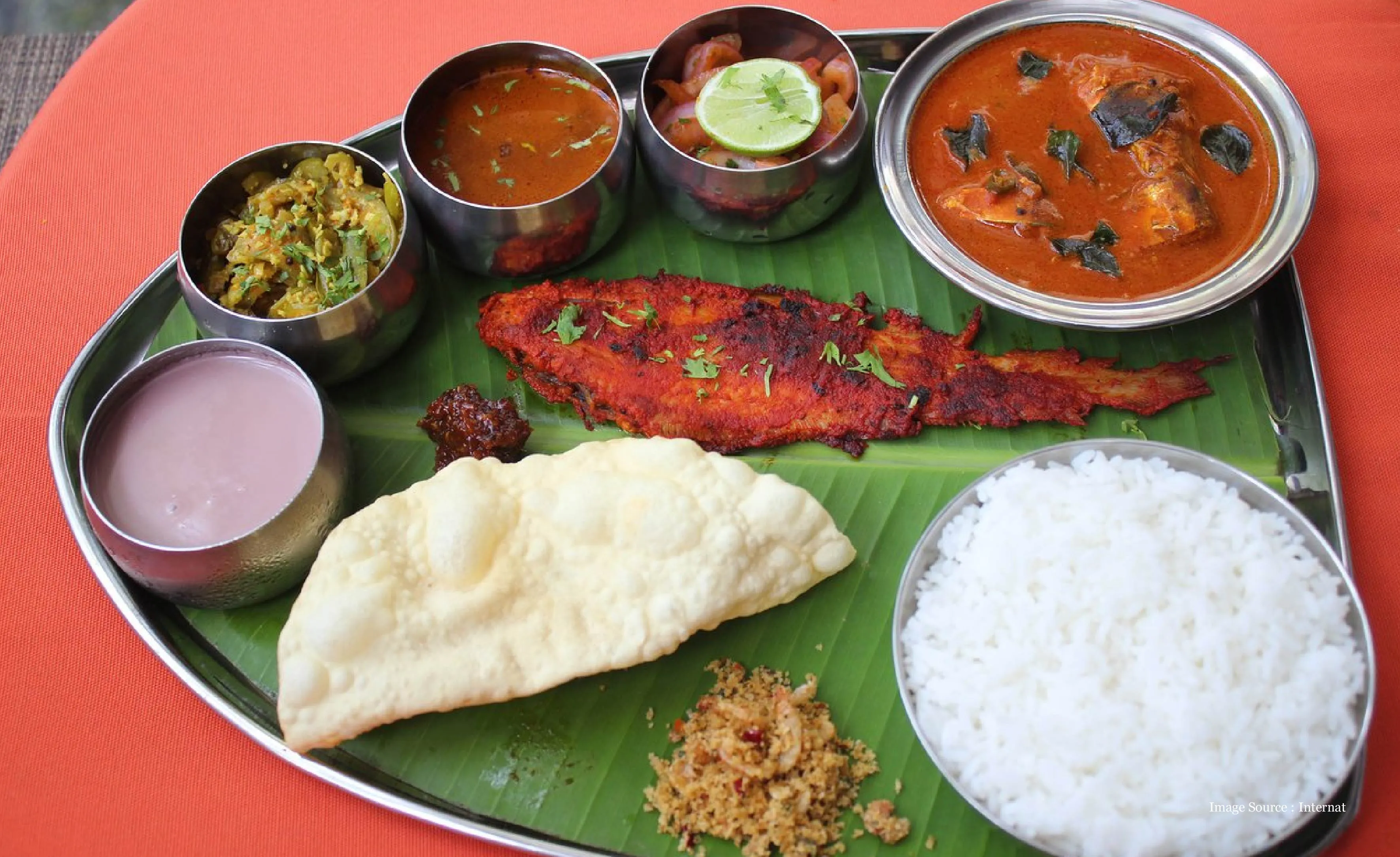
North Indian cuisine is what most people think of as "Indian food" internationally. The rich curries, the naan bread, the tandoori dishes, butter chicken, dal makhani. The Mughal influence brought cooking techniques like slow-cooking in sealed pots and using cream, nuts, and dried fruits. Rajasthani food adapted to desert conditions with preserved ingredients and spices that helped food last in heat.
The flavors tend to be rich and often quite spicy. Not always burn-your-mouth hot, but with complex spice blends that create depth. Dairy products feature heavily. Wheat is the staple grain, so you get various breads rather than rice.
Royal North Indian cuisine takes this even further. Dishes like laal maas and safed maas were created in royal kitchens with access to the best ingredients and most skilled cooks. The food is impressive in complexity and richness.
South Indian cuisine is completely different. Coconut, curry leaves, mustard seeds, and tamarind define the flavor profile. Rice is the staple, not wheat. The food tends to be lighter but can be equally spicy in different ways. Seafood plays a huge role since the coastline provides fresh fish, prawns, and crab.
Kerala cuisine uses coconut in almost everything. The fish curries here are excellent, cooked with kokum or tamarind for sourness and coconut for richness. Tamil Nadu cuisine uses more tamarind and creates these complex sambars and rasams. The traditional meal service on banana leaves with rice and 15-20 small dishes creates incredible variety of flavors and textures.
The coffee culture differs too. North India is big on chai. South India is serious about filter coffee, and the coffee here is genuinely excellent.
So the food choice comes down to this. Do you want the rich, creamy, bread-based cuisine of the north? Or the lighter, coconut-based, rice-focused cuisine of the south with excellent seafood? Both are incredible, just completely different taste experiences.
Ancient Temples of North India vs Historical Architecture of Southern Temples
Both regions have incredible temple architecture, but the styles and atmospheres are completely different.
North Indian temples tend to be smaller and more intimate. The Khajuraho temples are famous for their detailed stone carving covering every surface. They're beautiful and intricate but not overwhelming in scale. Varanasi's temples along the Ganges are part of the city's dense fabric rather than standing apart as monuments. They're active religious sites first, tourist attractions second. The spiritual energy here is intense, with rituals and ceremonies happening constantly.
South Indian temples are massive and dramatically different in style. The gopurams (towering gateway structures) are covered floor to ceiling with colorful sculptures of gods, goddesses, and mythological scenes. Some are over 50 meters tall. The Meenakshi Temple in Madurai has multiple gopurams, each a riot of color and sculptural detail.
The temple complexes in the south are often huge, with multiple courtyards, halls with hundreds of carved pillars, temple tanks, and active worship areas. What makes South Indian temples special is the continuity of tradition. These aren't just historic monuments. They're active religious centers with daily rituals, festivals, and thousands of devotees.
The atmosphere in southern temples is different too. There's a devotional intensity, with priests performing elaborate rituals, pilgrims making offerings, the smell of incense and flowers, the sound of bells and chanting. It's not quiet contemplation. It's vibrant, loud, and very much alive.
North Indian temples give you intimacy and connection to spiritual practices. South Indian temples give you scale, architectural achievement, and immersion in active Hindu traditions that have continued for over a thousand years.
What Does Wellness Look Like in North India vs South India?
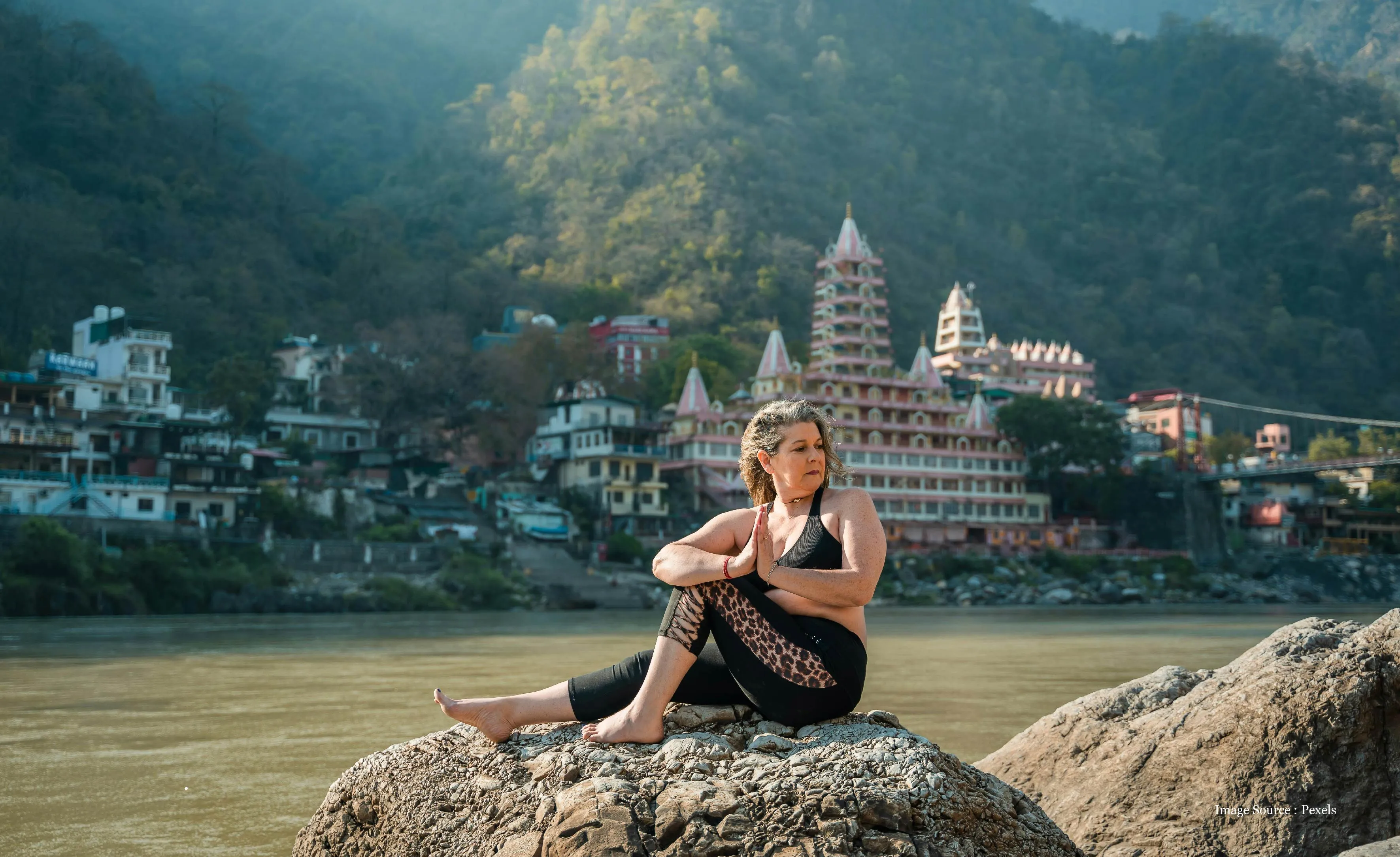
Wellness tourism looks different in North and South India, though both regions offer authentic experiences.
North India's wellness scene centers on yoga and meditation, particularly in Rishikesh. This Himalayan foothill town is where yoga originated, and the tradition here goes back thousands of years. The ashrams and yoga centers teach traditional practices with depth you won't find at Western studios. The Ganges River flowing through Rishikesh creates natural beauty that supports the spiritual atmosphere. Morning yoga sessions happen with mountain views and river sounds.
Varanasi offers a different kind of spiritual wellness. Meditating by the Ganges here, participating in or witnessing the aarti ceremonies, experiencing the city's spiritual intensity, that creates transformation through immersion in living religious tradition.
South India's wellness scene focuses on Ayurveda, which originated in Kerala over 5,000 years ago. The Ayurvedic doctors here come from families who've practiced this medical system for generations. The herbs grow locally. The oils are prepared using traditional methods. You're experiencing Ayurveda at its source.
Real Ayurvedic treatment isn't a spa day. Programs run for at least two weeks, often three for deeper healing. The process starts with detailed diagnosis through pulse reading, then customized treatments including oil massages, shirodhara, herbal medicines, specific diets, everything tailored to your constitution.
TL;DR: North India is famed for being the birthplace of Yoga & South India for Ayurveda. Experience authentic wellness programs at these havens with bespoke luxury tours.
Exciting Wildlife Safaris of North India vs South India
Both regions offer wildlife experiences, but they're quite different.
North India's wildlife tourism centers on tiger safaris. Ranthambore National Park in Rajasthan has high tiger density and the unique setting of a 10th-century fort within the park. You're spotting tigers with ancient ruins in the background. The safari experience happens in open vehicles with naturalists who understand animal behavior. The thrill of tracking and spotting a Bengal tiger in the wild is genuinely incredible.
Beyond tigers, you'll see leopards, sloth bears, various deer species, wild boar, and hundreds of bird species. The dry forest landscapes create good visibility for spotting wildlife.
South India's wildlife experiences focus more on elephants and biodiversity. Nagarhole and Bandipur in Karnataka have good elephant populations and tigers, though sightings are less common because the forests are denser. Kerala's Periyar Wildlife Sanctuary offers boat safaris on the lake, which is completely different from jeep safaris. You're watching animals come to the water's edge from the boat.
For travelers wanting that iconic tiger safari experience and better chances of big cat sightings, North India wins. For those interested in elephants and diverse ecosystems in tropical settings, South India offers good options though with a different flavor.
How to Choose between North India vs South India?
After breaking down all these differences, here's how I help people decide.
Choose North India if you want the iconic India experience. Taj Mahal, Rajasthan's palaces and forts, tiger safaris, Himalayan landscapes, rich Mughal and Rajput history. North India delivers what most people imagine when they think of India. It's more intense, faster-paced, and packed with those famous sights.
Choose South India if you want something quieter and different. The tropical landscapes, backwaters, authentic Ayurveda, ancient temple traditions, excellent seafood, and that slower pace create experiences that feel more off the beaten path. South India rewards travelers who want to disconnect, who are interested in wellness, who appreciate nature and water.
Many travelers do both, honestly. That gives you the most complete India experience. Spend 10-12 days in North India covering the Golden Triangle, Ranthambore, maybe Varanasi. Then fly to South India for a week experiencing Kerala's backwaters, some Ayurveda, and Tamil Nadu's temples. Together they show you the incredible diversity that makes India such a compelling destination.
The best time for both regions is October through March. Working with a luxury travel agency helps whether you choose one region or both. They create itineraries that flow well, book the best properties, and provide 24/7 white glove concierge to make your tour seamless.
FAQs
1. Can I visit both North and South India in one trip?
Absolutely. A three-week trip can cover both regions well. Spend 10-12 days in North India, then fly south for 7-10 days in Kerala and Tamil Nadu. The domestic flights between regions are short (2-3 hours), making it easy to combine them without wasting days in transit.
2. Which region is better for first-time India travelers?
North India is slightly easier for first-timers because it has the famous sites people want to see. That said, South India is more manageable in some ways with less intensity and chaos. Both work for first visits. Choose based on what interests you more rather than which seems easier.
3. Is South India less touristy than North India?
Generally yes. North India, especially the Golden Triangle and Rajasthan, sees more international tourists. South India has plenty of domestic tourism but fewer foreign visitors, which means some attractions feel less crowded. That said, major sites like Meenakshi Temple still get very busy.
4. Which region offers better luxury accommodations?
Both have excellent luxury options, just different styles. North India has those incredible palace hotels in Rajasthan. South India has beautiful beach resorts and unique experiences like luxury houseboats. The accommodation quality is comparable, the experiences are different. Choose based on which type of property appeals to you more.
plan your bespoke india journey today
tell us what inspires you - and we will handcraft an experience that mirrors your elegance, pace & personality.
START PLANNINGBlogs Categories
It is a Sanskrit verse taken from an ancient Bharat (Indian) scripture
which means ‘The Guest is like God’.
In Bharat (India), guests are always welcomed with open arms and given
You Will Like These Too...
It is a Sanskrit verse taken from an ancient Bharat (Indian) scripture
which means ‘The Guest is like God’.
In Bharat (India), guests are always welcomed with open arms and given
TRAVELOSEI PROMISE
What To Expect?
The Real India,
Re-Imagined For You
India is not just a destination - it's a world with-in the world. TRAVELOSEI go far beyond guide-books to offer you an India that is authentic yet exclusive, spiritual yet sophisticated delivered through private doors, rare access, and impeccable attention to details.
Trusted By Global Elites
From World Class Leaders to Forbes Listed Families and international Royalties to visionary CEOS.
Our clientele chooses us for one reason - We Know India. Over two decades of providing experiences which aren't just luxurious - they are intimate, curated & wildly rare.
Bespoke Travel Experience
For those who seek truth in detail, art in hospitality, and identity in experience. Our Luxury Travel Architect work discreetly and personally with you to craft travel experiences that go beyond 5 Stars, where every detail whispers luxury - and legacy.
White-Glove Concierge
24 X 7 Dedicated Concierge Support even in the wildest corners of India. At TRAVELOSEI, our concierge team ensures that everything-from airport- tarmac pick-ups, last minute reservations and private spiritual sessions - is handled before you even ask.

